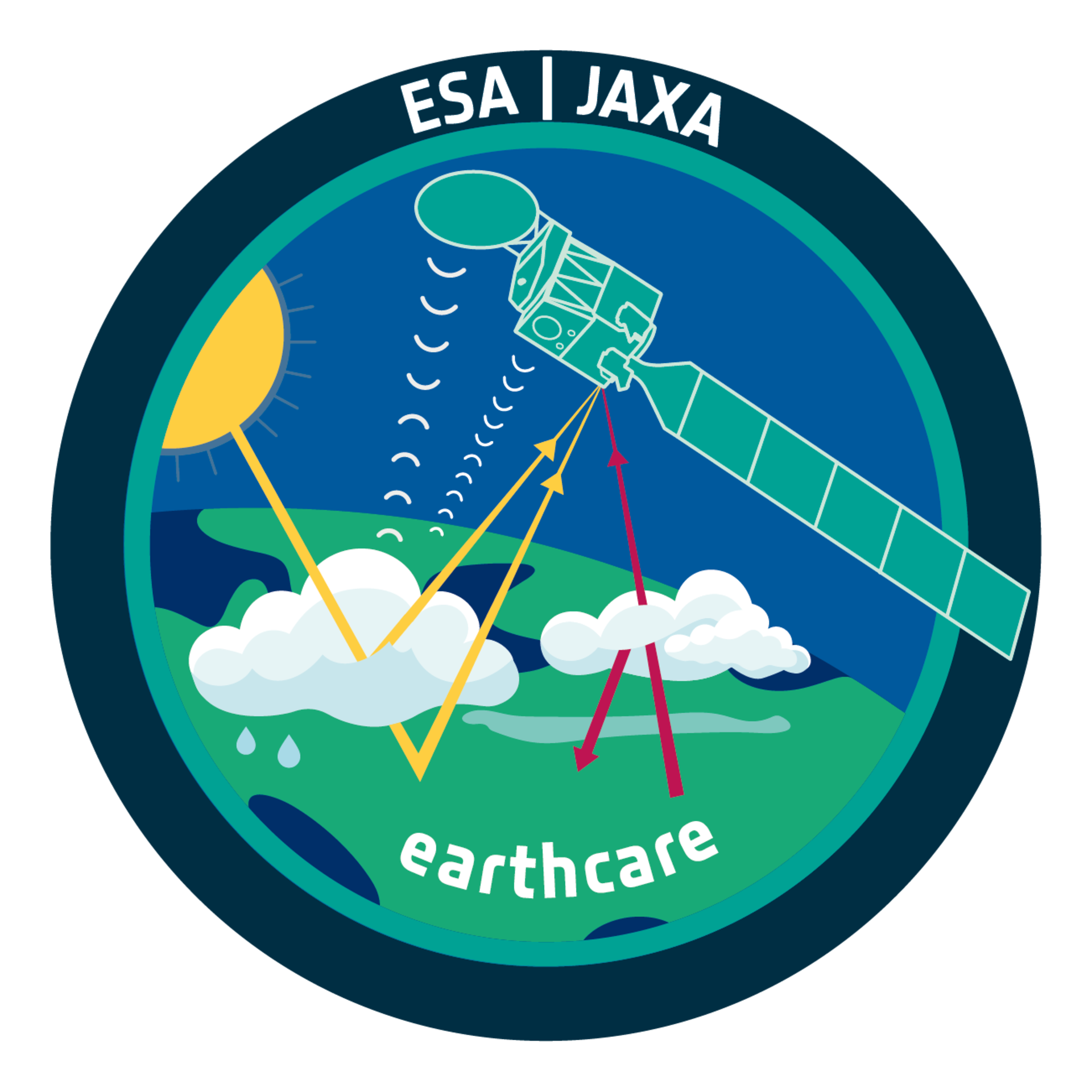EarthCARE Satellite Launch Advances Cloud and Aerosol Research
Published: 28, May, 2024

On May 28, 2024, at Vandenberg Space Force Base in California, the EarthCARE satellite will be launched into orbit on a SpaceX Falcon 9 rocket. Weighing approximately 2.2 tons, this satellite is a collaborative project between the European Space Agency (ESA) and the Japan Aerospace Exploration Agency (JAXA). Over its estimated three-year lifespan, EarthCARE's sophisticated instruments will collect unprecedented data on the transmission of energy in Earth's atmosphere.
This data will enhance our understanding of how clouds and aerosols—tiny particles in the air that facilitate cloud and precipitation formation—affect Earth's energy budget. Planetary heating and cooling are influenced by clouds and the aerosols that form them. Clouds can reflect solar radiation back into space, causing a cooling effect, while Earth's surfaces, warmed by the sun, emit infrared thermal radiation that is trapped by clouds, creating a warming effect.
The biggest uncertainties in global climate models stem from cloud feedbacks, partly due to the wide variety of cloud types, the challenges of measuring their height and vertical extent, and the difficulty of analyzing the details of individual cloud particles. To address these uncertainties, EarthCARE will provide three-dimensional data to improve the representation of clouds and aerosols in global weather and climate models.
EarthCARE, short for the Earth Cloud Aerosol and Radiation Explorer satellite, has taken 30 years to progress from conception to reality. Ground-based instruments validate satellite sensor data by ensuring that space-based measurements align with observations from the ground, while satellite instruments are valued for offering large-scale, comprehensive views of cloud and aerosol properties.
Figure 2: Simulated overpasses for participating stations within a radius of 100 km around the site as used for the rehearsal campaign.
With the launch now imminent, ACTRIS National Facilities and associated stations are prepared to conduct real quality assurance tests. These tests will be analyzed and approved by the ACTRIS Topical Centres, with data delivered in near-real time from observatories to centralized data processing units. Following preliminary but ad hoc quality control, the data will be made available on the ACTRIS data portal.
ESA's Validation Data Centre (EVDC) will then harvest the metadata of observations collocated with satellite overpasses, providing this data to ESA experts for validation analysis. These efforts include harmonizing data formats and implementing further QA/QC procedures. Additionally, intercalibration efforts with ESA's ground-based reference lidars and NASA's MPLNET will proceed in parallel.
Follow the launch live on 28 May |Watch the EarthCARE launch live on ESA WebTV